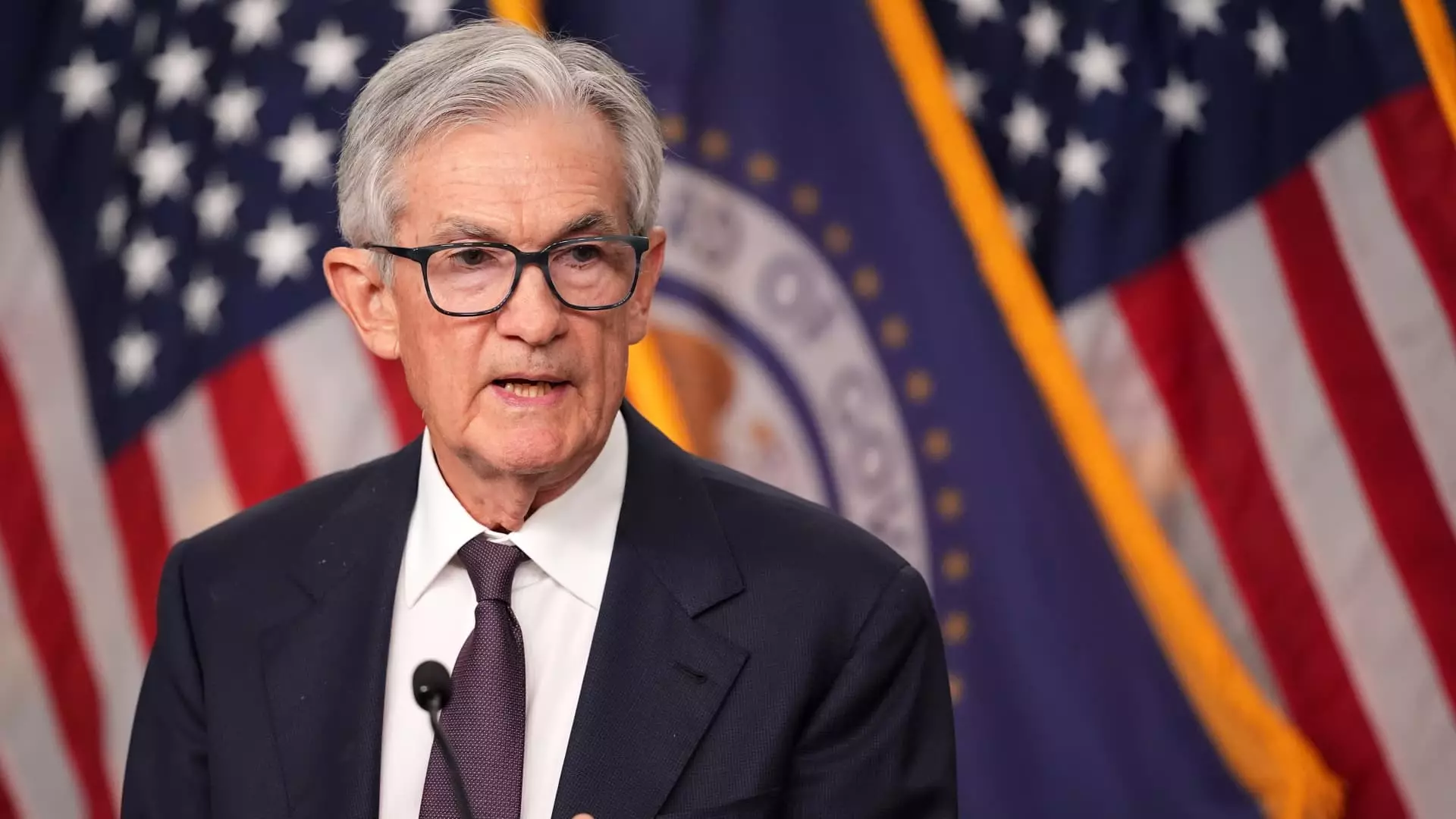In the murky waters of economic policy, the Federal Reserve finds itself facing a formidable dilemma fueled by tariffs and the persistent specter of inflation. The minutes from the recent Federal Open Market Committee (FOMC) meeting reveal a palpable tension among policymakers, oscillating between maintaining steady interest rates and the growing uncertainty surrounding fiscal and trade policy. While the Fed’s cautious approach is rooted in a strong desire to support economic growth, the resurgence of tariffs and potential inflationary pressures raises pertinent questions about the effectiveness of their strategies moving forward.
Impact of Tariffs on Inflation
Tariffs, particularly those levied on goods traded with nations like China, are not merely a tool for protectionist trade policies; they represent a significant threat to economic stability. As documented in the FOMC minutes, officials are understandably concerned that these tariffs could exacerbate inflation. The basic principle of economics tells us that imposing tariffs results in higher prices for consumers—an unwelcome development when the economy is trying to rebound. The Fed’s acknowledgement of this reality provides a critical insight into the precarious balancing act they must perform: combating inflation while fostering economic growth. This intertwining of concerns highlights the complexities of modern monetary policy and the delicate equilibrium policymakers must maintain.
The Seduction of Interest Rates
With an interest rate target nestled between 4.25% and 4.5%, the Fed appears poised to maintain its course. However, the specter of economic turmoil looms large. The FOMC’s rationale for keeping rates steady indicates a cautious engagement with the current state of the economy, which is marked by a healthy labor market and consistent consumer spending. Yet, the minutes made clear that this optimism is overshadowed by mounting risks of a slowdown in growth and employment. This underscores a vital point: although the economic indicators might show strength at present, the instability introduced by trade policy could unravel these gains overnight.
The Fed’s decision to hold interest rates reflects an understanding that monetary policy’s role is not just reactive—it’s also predictive. By choosing to wait for clarity, the FOMC demonstrates a deliberate strategy to avoid making hasty decisions in an ever-shifting economic landscape. However, this does raise questions regarding the limits of patience; at what point does waiting become complicity in potential economic hardship?
The High Stakes of Political Interference
Caught in the crossfire of political maneuvering, the Fed faces pressure from the highest office in the land to lower rates. President Trump’s vocal disdain for high interest rates illustrates a troubling trend: a central bank attempting to function independently within a politically charged arena. Fed Chair Jerome Powell’s commitment to resisting political pressures is commendable, yet it raises significant concerns about the sustainability of that independence in an era marked by rampant populism. When political leaders wield their influence over central banking decisions, the integrity of the very system designed to stabilize the economy teeters on a precipice.
In grappling with these complexities, the Fed must not only consider the immediate impacts of fiscal policies; it must also anticipate the longer-term ramifications that arise from the intertwined nature of trade and monetary policies. The commitment to a flexible average inflation targeting approach reflects an understanding that past strategies may not be robust enough to face the challenges posed by contemporary economic conditions.
As trade negotiations flutter and the economy faces its own set of obstacles, the Federal Reserve finds itself at a crucial juncture. The interplay between fiscal caution and pressure from political entities creates a dual challenge that could shape America’s economic future. The notes from the FOMC illuminate a path filled with uncertainties, yet they must also inspire confidence in a system capable of weathering such storms—if only the political landscape allows it to thrive without undue interference. The road ahead is riddled with challenges, but the Fed’s adherence to its principles will be pivotal in determining whether we navigate these economic waters or find ourselves capsized by them.

